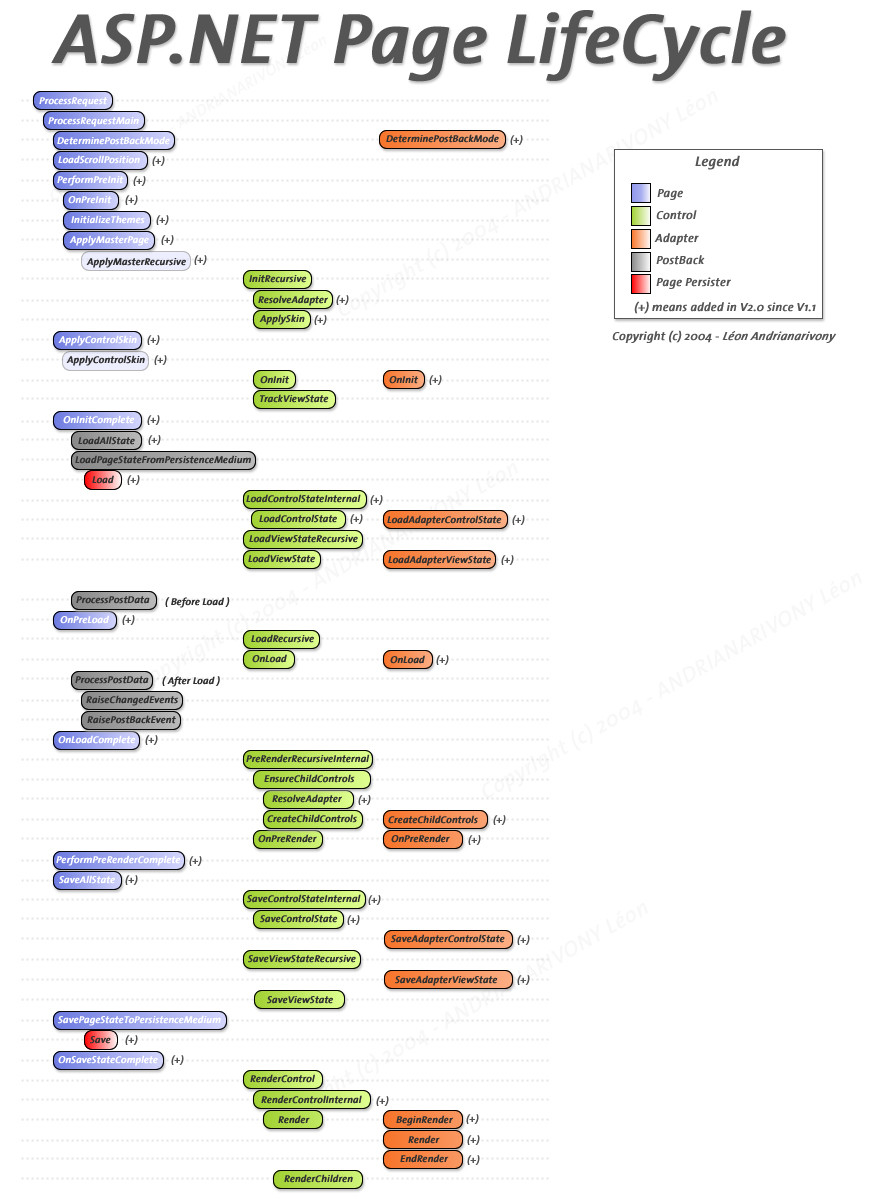I am new to C# and .Net and am coming from a Java background. I am trying to get my head around the .NET way of doing web applications and am not having much luck.
I want to build an application to handle requests urls and write responses that return images. Having only used Java servlets in the web application field I am after some good resources and/or explanations on handling the request side of the application.
How are requests handled? and with what Objects? What is the cycle? how do pages function around this?
These are basic broad questions so if anyone knows of resources that covers them all thoroughly please let me know. What I have found so far has bits of information not the overall picture.

